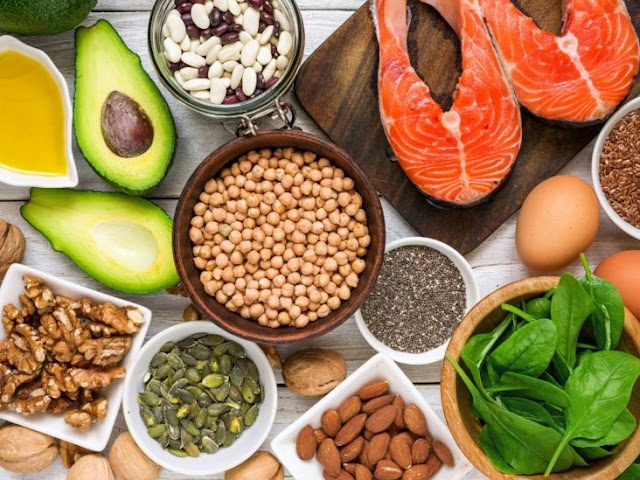Diet and Nutrition Tips for Women in their 30's: Are you skipping your meals or not taking them on time because you are too busy together with your work and household chores?
Are you monitoring your carbs, protein, and fat intake while having your meals?
These minor concerns, which cannot have made much of a difference in your 20's, are here to haunt you in your 30's. Here is what you can do to be happy and healthy:
Boost-up Metabolism
The three principal nutrients are carbs, proteins, and fats.
You need to increase your protein consumption to boost your metabolic rate and therefore the capacity for calorie burning. Increase the consumption of complex carbohydrates, too.
The usual recommended intake of carb is 60 to 70 percent of your total food (the other 15 to 20 percent contain proteins and fats). And even within the composition of the carbs, only 8 percent should come from simple carbs, the remainder should all come from complex carbs.
Breakfast must
be the day's heaviest meal, with an evenly distributed intake of carb, protein, and fat, while your dinner should be light.
Include Dietary fiber in Your Diet
High dietary fiber foods become essential for regulating blood glucose levels and metabolism.
A healthy diet high in fruits and vegetables and low in processed foods and saturated fats is a must for women in the thirties for weight maintenance.
For Better Hormone Functioning
Hormone functioning goes a drastic change when you are in your 30’s.
Dr. Arora says, “Women should even have tons of adaptogens like ashwagandha, tulsi, and maca powder. They help maintain hormone levels. Chaste berry is another fruit that sets hormones in balance. To check the likelihood of thyroid disease, it is also important to get the iodine levels correct."
For
Dipping Energies
Consumption of foods high in iron is additionally a
requirement for dipping strength. The foremost common sort of anemia occurs due
to the deficiency of iron in the body. This kind of anemia is only treatable
with the intake of iron-rich foods such as beans, peas, pumpkin seeds, green
vegetables, red meat, poultry, and raisins.
Research at Pennsylvania State University, published in the American Journal of Clinical Nutrition showed that cognitive and behavioral health in women is impaired by iron deficiency.
Published in March 2007, the study looked at the correlation between iron and cognitive function in women from 18 to 35 years. It has been found that women with greater intake of iron perform better in cognitive function tests. And women in their 30s, with the greatest risk of iron deficiency, fell into the category.
Planning
a Pregnancy
Monitor your iodine, iron, and folate levels to avoid complications and protect your child during pregnancy.
You can have beans to up your folate levels. A cup of beans contains 200 to 300 micrograms of folate. Folate helps generate DNA and shape new healthy cells.
Other options to increase your
folate intake are green leafy vegetables like spinach and citrus fruits.
Better Bone
Health
This is a major concern that most women are facing today.
As you get older, your estrogen level declines, which successively affects your bone-density adversely. Therefore, an increased calcium intake coupled with vitamin D is essential.
Women need around 1000mg of calcium a day. Healthy
calcium sources include milk, curds, chia seeds, chocolate, broccoli, almonds,
bok choy, etc.
Take out some time for yourself and look out of your health!
What
Steps Should You Take to Become a Healthier Version of Yourself?
Start by reading this checklist created by the Department of Health and Service, USA, and choose to take one, or all steps on this list.
You
should use this guide to get the talk going on at the next visit to the doctor.
It's time to test how you’re doing, how you’d like to be doing, and what
improvements you should make to meet your health goals.
To live a healthy and happy
life in your thirties follow this checklist:
Include these suggestions and stand tall and powerful against some of these biological challenges, like all of the other difficulties that you have so effectively addressed.









Comments
Post a Comment